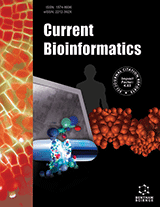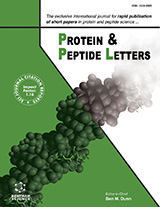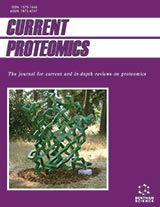Abstract
Aims: The study aims to find a way to reduce the dimensionality of the dataset.
Background: Dimensionality reduction is the key issue of the machine learning process. It does not only improve the prediction performance but also could recommend the intrinsic features and help to explore the biological expression of the machine learning “black box”.
Objective: A variety of feature selection algorithms are used to select data features to achieve dimensionality reduction.
Methods: First, MRMD2.0 integrated 7 different popular feature ranking algorithms with PageRank strategy. Second, optimized dimensionality was detected with forward adding strategy.
Result: We have achieved good results in our experiments.
Conclusion: Several works have been tested with MRMD2.0. It showed well performance. Otherwise, it also can draw the performance curves according to the feature dimensionality. If users want to sacrifice accuracy for fewer features, they can select the dimensionality from the performance curves.
Other: We developed friendly python tools together with the web server. The users could upload their csv, arff or libsvm format files. Then the webserver would help to rank features and find the optimized dimensionality.
Keywords: Feature ranking, bioinformatics, machine learning, python, feature selection, dimension reduction.
Graphical Abstract
Current Bioinformatics
Title:MRMD2.0: A Python Tool for Machine Learning with Feature Ranking and Reduction
Volume: 15 Issue: 10
Author(s): Shida He, Fei Guo, Quan Zou* HuiDing
Affiliation:
- Institute of Fundamental and Frontier Sciences, University of Electronic Science and Technology of China, Chengdu,China
Keywords: Feature ranking, bioinformatics, machine learning, python, feature selection, dimension reduction.
Abstract:
Aims: The study aims to find a way to reduce the dimensionality of the dataset.
Background: Dimensionality reduction is the key issue of the machine learning process. It does not only improve the prediction performance but also could recommend the intrinsic features and help to explore the biological expression of the machine learning “black box”.
Objective: A variety of feature selection algorithms are used to select data features to achieve dimensionality reduction.
Methods: First, MRMD2.0 integrated 7 different popular feature ranking algorithms with PageRank strategy. Second, optimized dimensionality was detected with forward adding strategy.
Result: We have achieved good results in our experiments.
Conclusion: Several works have been tested with MRMD2.0. It showed well performance. Otherwise, it also can draw the performance curves according to the feature dimensionality. If users want to sacrifice accuracy for fewer features, they can select the dimensionality from the performance curves.
Other: We developed friendly python tools together with the web server. The users could upload their csv, arff or libsvm format files. Then the webserver would help to rank features and find the optimized dimensionality.
Export Options
About this article
Cite this article as:
He Shida , Guo Fei , Zou Quan *, HuiDing , MRMD2.0: A Python Tool for Machine Learning with Feature Ranking and Reduction, Current Bioinformatics 2020; 15 (10) . https://dx.doi.org/10.2174/1574893615999200503030350
| DOI https://dx.doi.org/10.2174/1574893615999200503030350 |
Print ISSN 1574-8936 |
| Publisher Name Bentham Science Publisher |
Online ISSN 2212-392X |
 32
32 1
1
- Author Guidelines
- Bentham Author Support Services (BASS)
- Graphical Abstracts
- Fabricating and Stating False Information
- Research Misconduct
- Post Publication Discussions and Corrections
- Publishing Ethics and Rectitude
- Increase Visibility of Your Article
- Archiving Policies
- Peer Review Workflow
- Order Your Article Before Print
- Promote Your Article
- Manuscript Transfer Facility
- Editorial Policies
- Allegations from Whistleblowers


















.jpeg)








